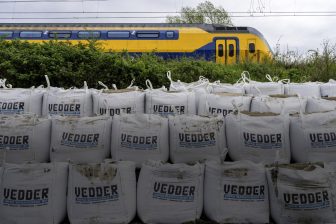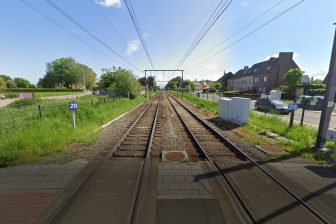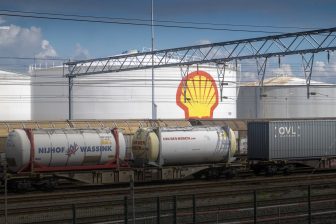26 countries neighbouring EU send priority projects
Brussels, Belgium – The European Commission Vice-President Jacques Barrot in charge of transport has asked Loyola de Palacio, former European Commission Vice-President to chair a High Level Group to identify and develop priority connections between major trans-European transport axes and the different neighbouring regions of the European Union. Composed of representatives from all EU and neighbouring countries and international financing institutions, the High Level Group held a plenary meeting in Brussels on 19-20 September to discuss the priority projects sent by 26 countries to be connected to the Trans-European network, involving the 25 EU member States and Romania and Bulgaria. “This is a very important step forward which is the result of extensive discussions since October 2004†said Loyola de Palacio. “On this basis, we will be able to define the main axes to be developed in order to facilitate more exchanges and secure trade between the EU and all its neighboursâ€. Vice-president Jacques Barrot has asked the High Level Group to complete its work and submit a final report by Autumn 2005.
At its last plenary meeting on 11-12 July 2005, the High-Level Group had already adopted the following five multimodal transport axes:
* “Motorways of the seas†linking the Baltic, Atlantic, Mediterranean and the Black Seas as well as littoral countries within the sea areas and with an extension through the Suez Canal towards the Red Sea and further on to Pacific Ocean.;
* “Northern axis†connecting the northern EU with Russia and beyond;
* “Central axis†linking the centre of the EU to Ukraine and beyond to the Black Sea;
* “South Eastern axis†connecting the centre of the EU through the Balkans and Turkey to the Caucasus and the Caspian Sea as well as to the Red Sea and in the longer term towards the Persian Gulf;
* “South Western axis†linking the south-western EU with Morocco and in the longer term with Egypt and other African countries.
On this basis, the 26 countries involved were asked to indicate their concrete priorities by September. These were discussed by the High-Level group during its plenary and regional meeting on 19-20 September 2005.
Given that financing transport investments remains a major problem worldwide, the Group is being very selective in the establishment of priorities and is also looking at innovative financing tools involving the private sector and user charging.
The High-Level Group will deliver a final report to Jacques Barrot, European Commission Vice-President in charge of transport, in the autumn 2005 to define the main axes to be developed in order to facilitate more exchanges and secure trade between the EU and all its neighbours.
Background
Launched by the former European Commission Vice-President Loyola de Palacio and the Italian Presidency, a ministerial meeting took place in Santiago de Compostela, on 8 June 2004, which concluded that “the development of technically and administratively interoperable transport connections between the European Union and the neighbouring regions is an issue of utmost importance for economic growth, facilitation of trade and connecting people†and that “priority connections between major Trans-European transport axes and the different neighbouring regions of the EU should be identified and developedâ€. It welcomed the establishment of a High-Level Group by the European Commission to this effect, following evidence that existing transport connections between the enlarged EU and its neighbours hardly reflect the new geopolitical situation following the enlargement. Recent studies forecast that rapid growth in trade and freight transport will continue. By 2020, the volume of inter-regional land freight traffic is expected to grow by more than 100% for traffic between the EU and its neighbours.
Inaugurated in October 2004, the Group is chaired by Loyola de Palacio and includes representatives from 25 EU Member States + Romania and Bulgaria and 26 more: Albania, Algeria, Armenia, Azerbaijan, Belarus, Bosnia & Herzegovina, Croatia, Egypt, former Yugoslav Republic of Macedonia, Georgia, Israel, Jordan, Lebanon, Libya (as observer), Morocco, Moldova, Norway, Palestinian Authority, Russia, Serbia & Montenegro, Kosovo-UNMIK, Switzerland, Syria, Tunisia, Turkey and Ukraine. The European Investment Bank, the European Bank for Reconstruction and Development and the World Bank participate as observers. Commission services act as the secretariat.
Its main objectives are:
* to realise studies on the trends in the evolution of traffic between the EU and its neighbours;
* to define the main axes to be developed in order to make easier and safer the trade;
* to identify the measures to be taken to facilitate convergence and harmonisation of the different management systems (customs, administrative procedures, visas, safety and security) as well as technologies;
* to contribute to the setting up of a pan-European neighbourhood policy;
* to try and find solutions to the funding problems.
U las zojuist één van de gratis premium artikelen
Onbeperkt lezen? Profiteer nu van de introductieaanbieding voor € 10,- per maand.
Bent u al abonnee?




